
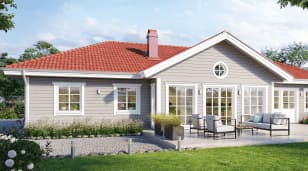
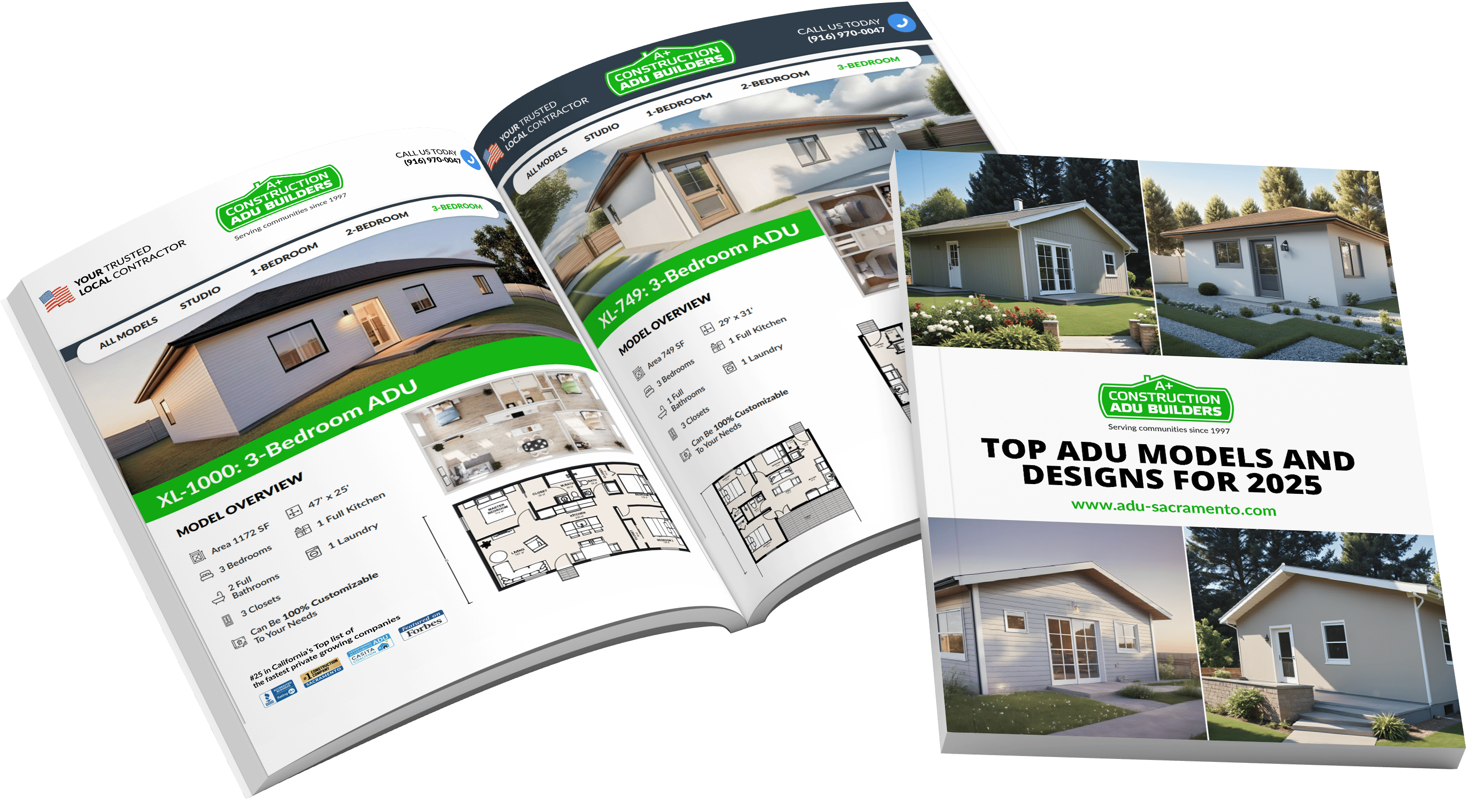


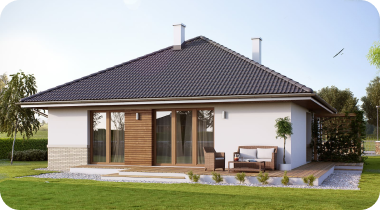
A link to download your FREE brochure will be in your inbox in 3 minutes
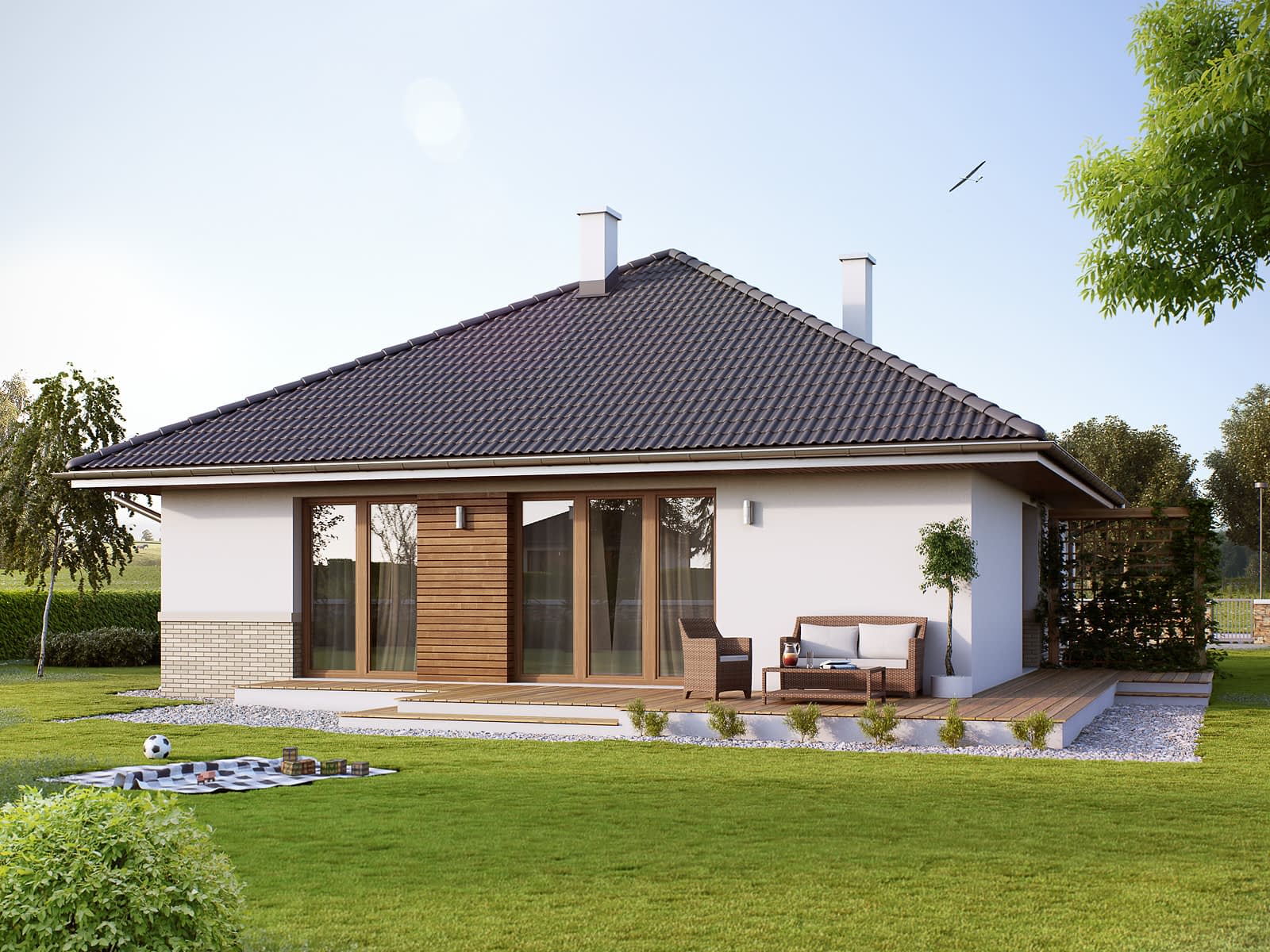


















The final price may vary based on project specifics.
To get a free accurate quote tailored to your needs, book a consultation with us today!

The price per square foot provided is an average and may vary depending on project-specific details such as materials, location, complexity, and other factors. Actual costs may differ from the average provided.
It is recommended to obtain a detailed quote based on the specific requirements of your project.

Please note that the monthly payment displayed on this page is an estimate and is subject to variation based on the selected loan product, applicants credit score, loan amount, and other financial details. Actual monthly payment may differ from the estimate provided.
It is recommended to seek advice from a financial advisor or loan officer to obtain precise payment information tailored to individual circumstances.
 Your Trusted
Local Contractor
Your Trusted
Local Contractor
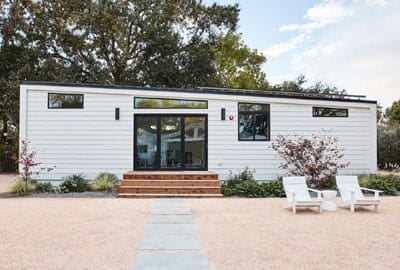
In today's housing landscape, many are turning to tiny houses as a solution to the growing need for sustainable, affordable living. The tiny house movement has introduced a modern solution: prefab tiny homes.
They combine innovative design with practicality, but how much do prefab tiny homes cost? And what makes them a preferred choice for many? How much does a tiny house trailer cost?
In the vast landscape of the tiny house movement, the innovative concept of prefab tiny homes has made a significant mark. These tiny homes are not just any traditional house shrunk in size but are meticulously designed residences constructed off-site, often in a controlled environment. Once crafted, these tiny houses are transported and assembled at your chosen location, ready to be your custom tiny house.
When we delve into the mechanics of a prefab tiny home, the term "prefab" is an abbreviation for "prefabricated." In essence, this means that the components of your tiny house are pre-built, much like a DIY tiny house kit, but with professional touches.
So, how much does such a tiny home cost in terms of benefits?
When diving into the financial landscape of prefab tiny homes, there's more to the sticker price than meets the eye. Prefabrication in itself suggests a seamless and efficient construction process, but the costs associated with these homes vary widely.
Prefab tiny homes, or prefab tiny houses, are essentially tiny homes built off-site and then transported to their permanent or semi-permanent location.
Understanding the tiny home cost involves looking at several factors:
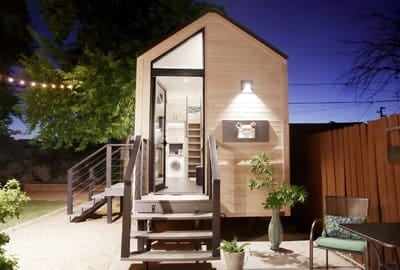
While tiny home costs can be variable, they generally fit within certain brackets:
To truly grasp the tiny house cost, it's essential to consider:
When comparing to a traditional home or even a small house, prefab tiny homes often stand out in terms of long-term affordability:
Aside from the tiny home cost, it's the value offered by these homes that truly shines:
Prefab tiny homes aren't just a trend. They're a testament to modern, efficient, and conscious living promoted by Recreational Vehicle Industry Association. They champion the principles of the tiny house movement, emphasizing sustainability, affordability, and ingenious design.
So, if you've ever pondered, "Should I own a tiny house?" or "How much does a tiny house will cost?", perhaps it's time to dive deep into the world of prefab tiny homes and discover their myriad benefits.
The trend towards tiny houses and specifically prefab tiny homes signals a shift in living preferences, where living space is optimized, and sustainability is prioritized. They might not be for everyone, but for those seeking a blend of modern design and eco-conscious living, they're an excellent choice.
Typically, between 100 and 400 square feet. However, even a preowned tiny house is subject to fewer zoning restrictions, easily overplaying rural property or any permanent residence in terms of property taxes or cost per square foot.
Yes, some opt for a DIY tiny house approach, but it requires skills and tools like a prefab kit. Sometimes it is better to pay cash to the specialist to build a tiny house instead of trying to figure out shell cost per square foot or average costs of the materials for the composting toilet.
Some are, especially if built on tiny house trailers. You can always get a trailer prefab tiny house and don't worry about the residential property, the cost of a concrete slab foundation, or roof shingles and enjoy off-grid living.
Most prefab tiny homes prioritize energy-saving designs. It will reduce property costs and the final price of your own tiny house will not be high.
It depends on the design, but many tiny houses offer modular additions. Tiny house's flexible size allows the tiny house builder to play with every square foot, giving an opportunity to transform the upper floor or redesign the finished exterior shell.
Yes, many manufacturers allow significant customization, from the layout and interior finishes to the exterior aesthetics and size. You can change the bumper pull hitch or recolor your prefab house.
Prefab tiny homes can be an excellent long-term investment, especially as the demand for sustainable and minimalist living continues to grow. They also tend to have lower maintenance costs compared to traditional homes on family member's land.
While there are numerous benefits, challenges can include local zoning and building code regulations, financing options, and sometimes limited space for growing families or extensive storage needs.
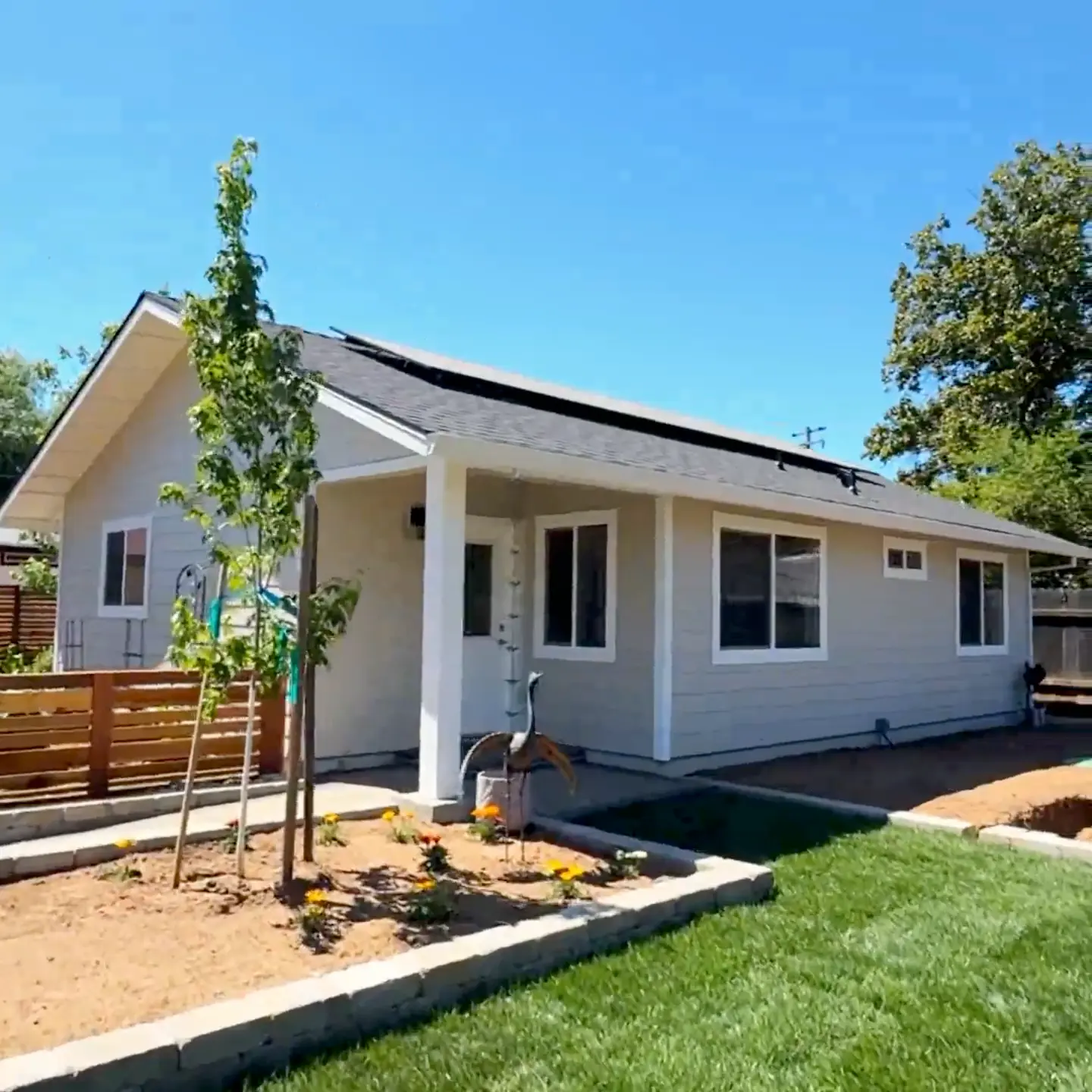
Get a First Look at Real ADU Projects